13 Horror Films Set in Small Towns That Feel Too Close to Home
Horror movies set in small towns often strike a nerve because they feel so familiar. The charm and comfort of rural life can quickly twist into something unsettling when secrets start to surface. These films use ordinary neighborhoods to explore fear that feels personal and close. The contrast between safety and danger keeps the tension sharp throughout. Dive into these haunting tales and see how small towns can become the perfect setting for terror.
This post may contain affiliate links, which helps keep this content free. Please read our disclosure for more info.
The Mist (2007)
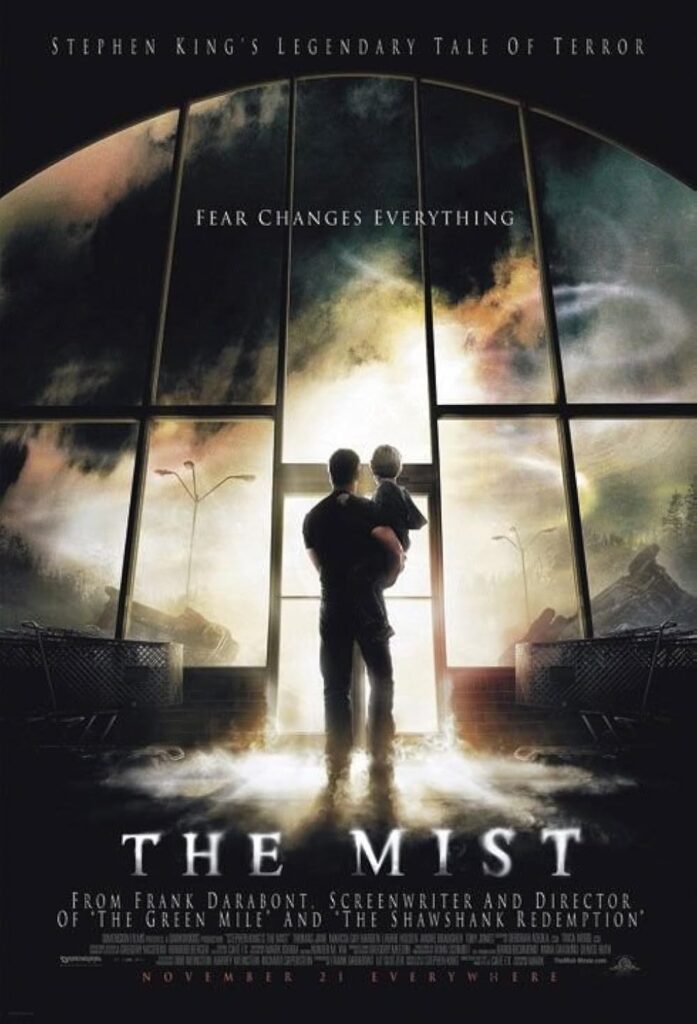
Frank Darabont’s The Mist takes place in a quiet Maine town that becomes trapped under a strange, deadly fog. Inside a local supermarket, frightened residents struggle to survive as terrifying creatures lurk outside. The real horror, however, comes from the growing paranoia and fear among the people themselves. The story captures how fragile community order can become when hope fades.
The film’s ending remains one of the most shocking in modern horror. Its use of practical effects and tension-filled silence keeps viewers uneasy. Thomas Jane delivers a powerful performance as a father trying to protect his son. The Mist shows how ordinary people can become their own worst enemy when fear takes control.
It (2017)
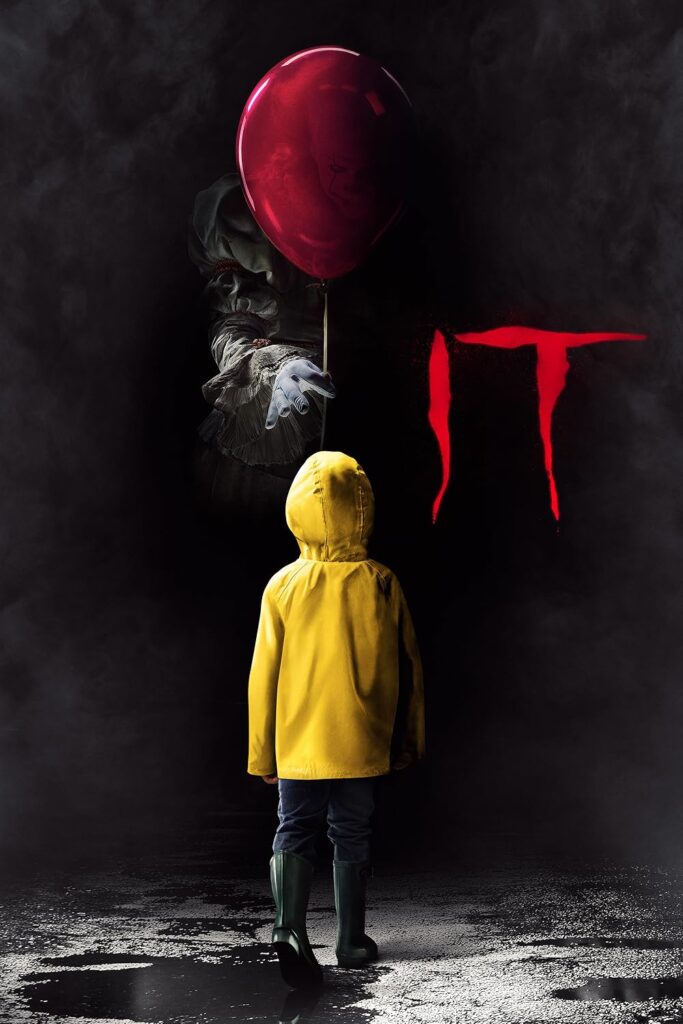
Set in the small town of Derry, Maine, It follows a group of children who face a shape-shifting creature that takes the form of a clown. The town’s cheerful appearance hides generations of secrets and disappearances. Pennywise the clown preys on the town’s children, turning everyday places into scenes of terror. The contrast between innocence and evil makes the story unsettling.
Director Andy Muschietti balances coming-of-age themes with intense horror. The young cast gives strong, believable performances that ground the supernatural story. The film explores friendship, trauma, and bravery in the face of unspeakable fear. Derry feels alive, haunted by memories that never truly fade.
The Wicker Man (1973)
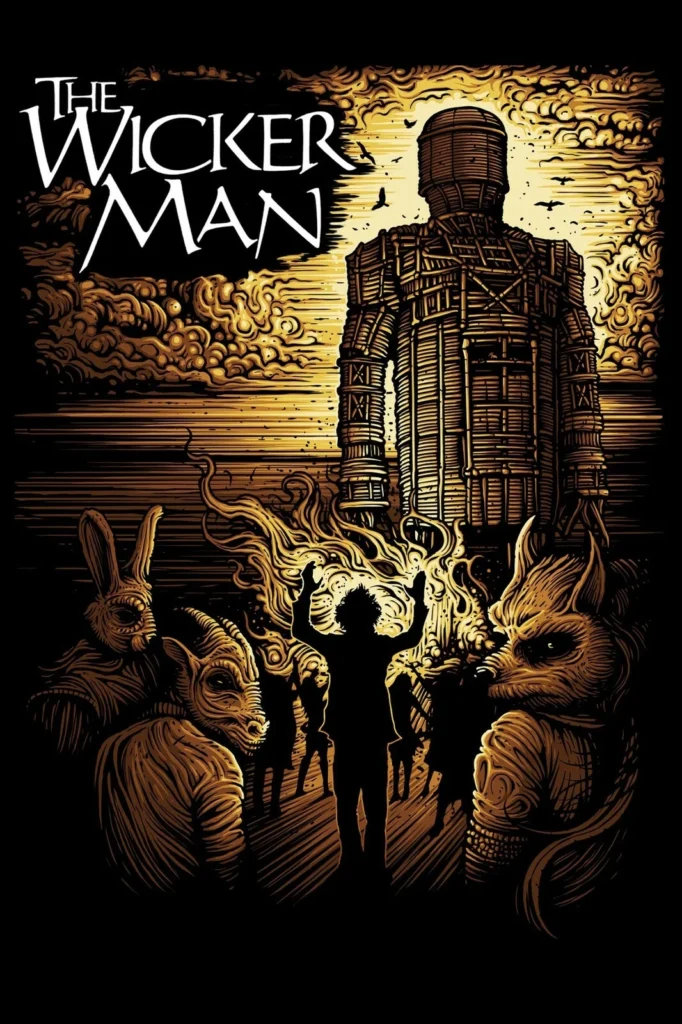
In The Wicker Man, a Scottish police officer visits a remote island to investigate a missing girl. What he finds is a community that practices ancient pagan rituals hidden beneath their friendly smiles. The island’s isolation and charm mask an undercurrent of dread. Each scene builds a sense of something deeply wrong beneath the surface.
The film’s slow pace allows tension to grow naturally until its unforgettable ending. The contrast between faith and tradition drives the story’s conflict. Its haunting music and setting make it an enduring piece of folk horror. The Wicker Man remains a striking reminder that not every peaceful village is what it seems.
Silver Bullet (1985)
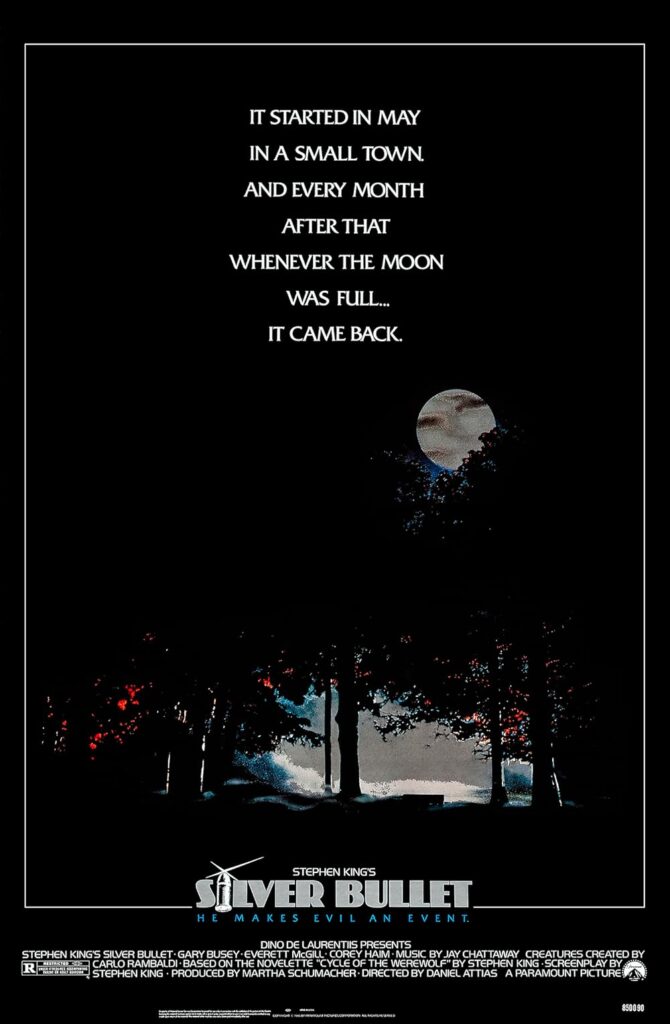
Based on Stephen King’s novella, Silver Bullet takes place in a small town terrorized by a werewolf. The story follows a young boy in a wheelchair who begins to uncover the truth behind the killings. The film mixes coming-of-age drama with classic monster horror. The town’s close-knit community becomes filled with suspicion as bodies start piling up.
Its mix of mystery and supernatural terror keeps the audience invested. Gary Busey’s performance as the boy’s protective uncle adds heart to the story. The atmosphere feels authentic, with quiet streets hiding dangerous secrets. Silver Bullet captures the fear of evil hiding behind familiar faces.
The Fog (1980)
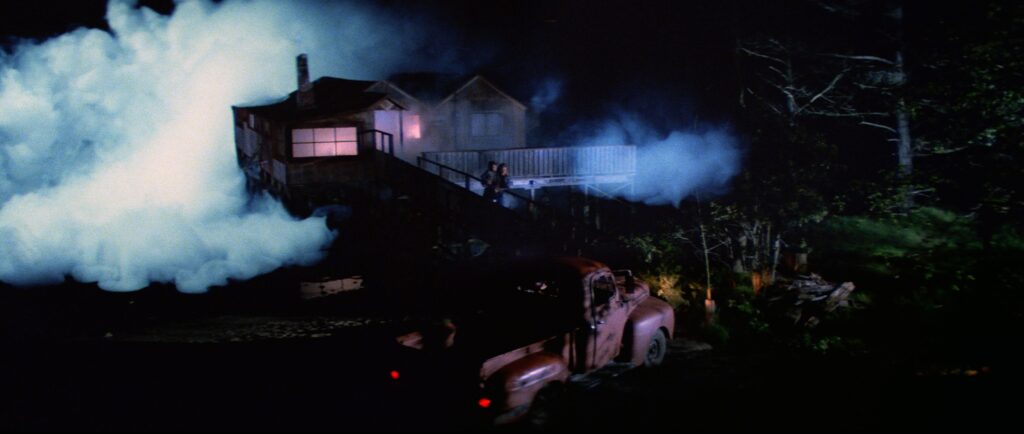
John Carpenter’s The Fog unfolds in a small California coastal town preparing to celebrate its founding. A mysterious fog rolls in, bringing with it ghostly sailors seeking revenge for a centuries-old betrayal. The story builds slowly, using atmosphere and sound to create tension. Each misty night scene feels drenched in unease.
The film’s practical effects and eerie lighting remain impressive even today. Its blend of ghost story and revenge tale gives it lasting appeal. Carpenter’s direction and haunting score keep the tension constant. The Fog is a chilling look at how a town’s past can return to haunt it.
Children of the Corn (1984)
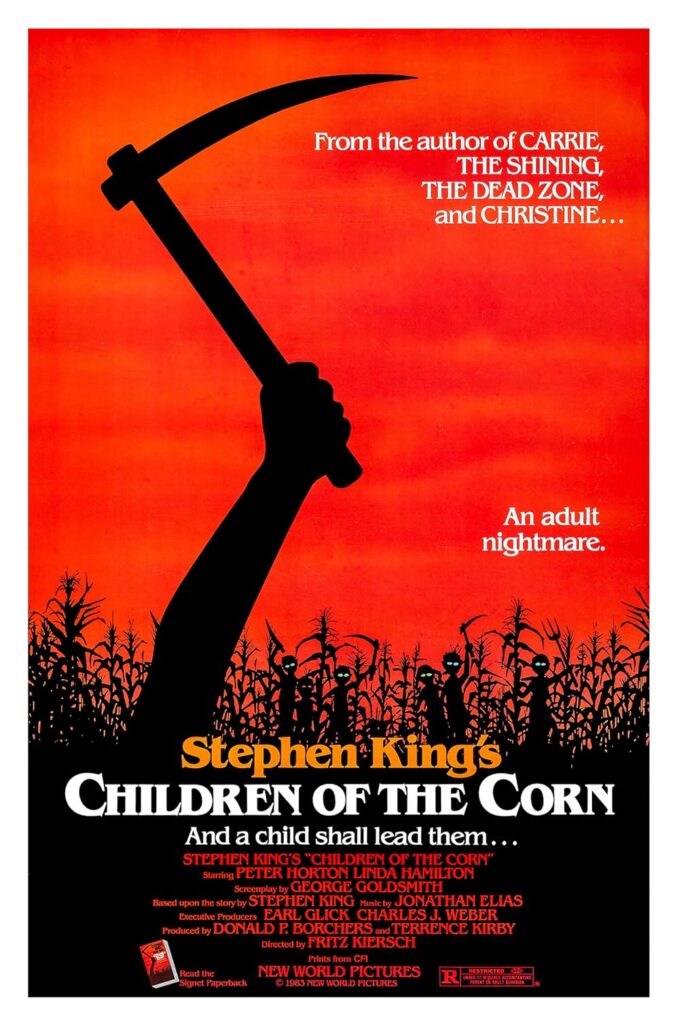
When a couple drives through rural Nebraska, they find a deserted town run by children who follow a sinister cult. Children of the Corn turns open cornfields into places of horror and isolation. The eerie quietness of the setting enhances the story’s tension. The concept of innocence turned evil remains disturbing.
Linda Hamilton and Peter Horton lead the film with convincing performances. The eerie sermons and rituals of the children create a lasting sense of discomfort. Its rural backdrop adds to the feeling of being completely cut off. The film became a lasting entry in small-town horror history.
The Crazies (2010)
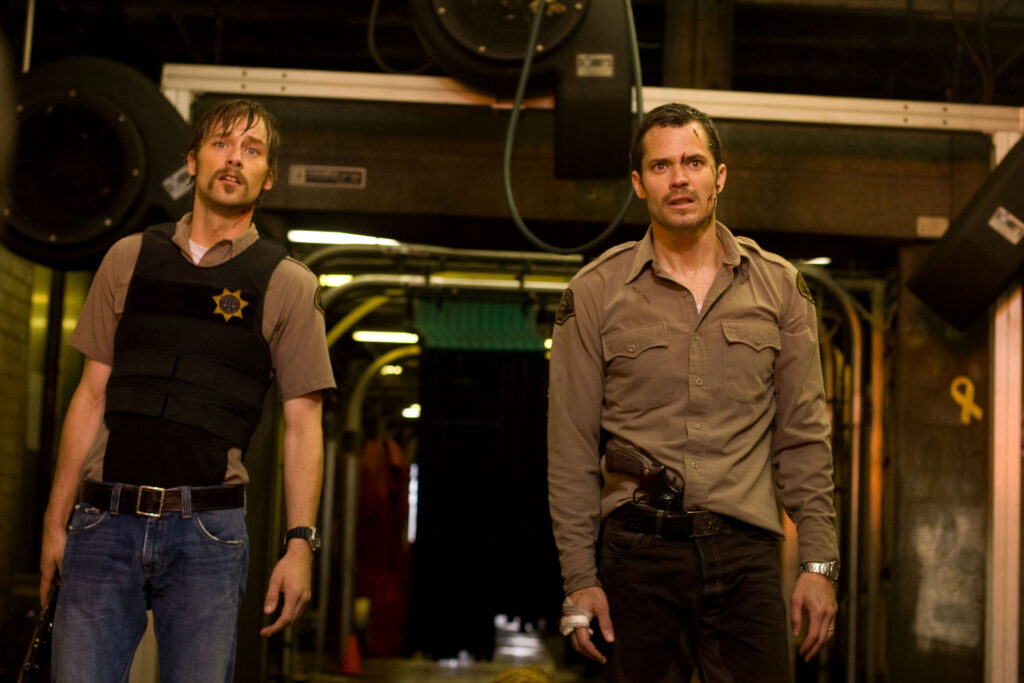
In The Crazies, a small Iowa town faces chaos after a mysterious toxin infects its residents. The infection turns peaceful neighbors into violent killers. Sheriff David Dutton tries to protect his family as the government quarantines the area. The blend of biological horror and social collapse makes it gripping.
The film’s tension comes from its sense of realism and panic. Timothy Olyphant gives a grounded performance that makes the fear believable. Its clean cinematography and controlled pacing heighten the dread. The Crazies leaves viewers questioning how quickly society can fall apart.
The Invitation (2015)
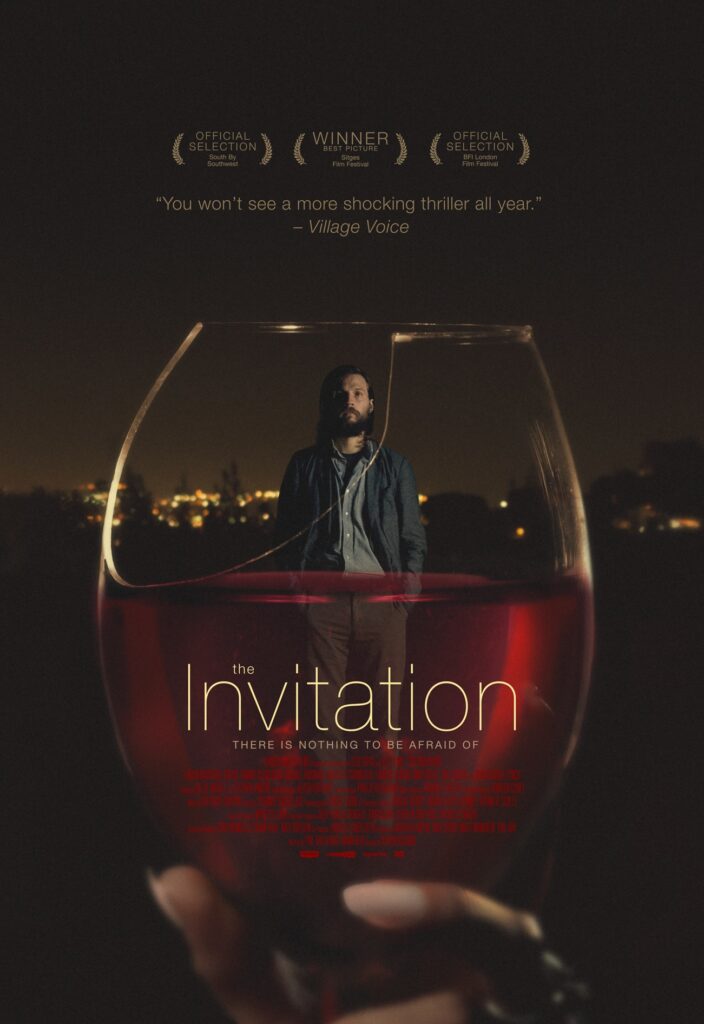
The Invitation follows a man attending a dinner party hosted by his ex-wife in the Hollywood Hills. The gathering begins politely but soon turns strange as hidden motives emerge. The home setting feels safe at first, yet something clearly feels off. The tension builds through subtle conversation and quiet glances.
The film’s power lies in its restraint and growing sense of paranoia. Every guest seems to be hiding something. The final twist transforms the entire story into something far more horrifying. The Invitation shows that horror can exist even within the comfort of friendship.
The Town That Dreaded Sundown (1976)
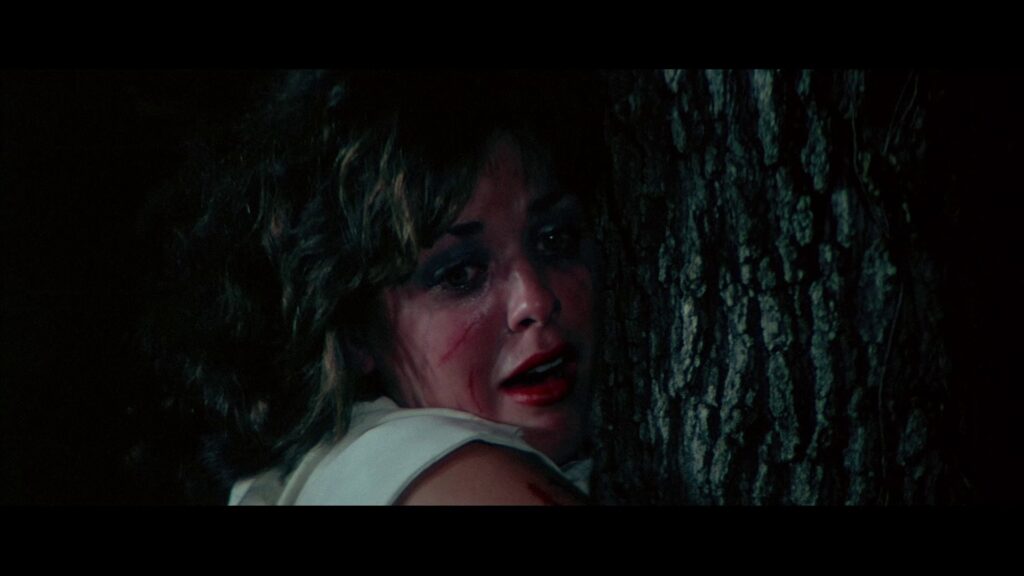
This semi-documentary style horror film is based on real murders that occurred in Texarkana during the 1940s. The small-town setting adds authenticity to the story’s fear. The unknown killer, known as the Phantom, strikes without pattern or mercy. The film blends true crime and horror to chilling effect.
Its simple cinematography makes it feel almost like a local news story turned nightmare. The mask-wearing killer influenced many later slasher films. The eerie silence of the town adds to the feeling of helplessness. The Town That Dreaded Sundown remains a disturbing look at small-town fear.
Jeepers Creepers (2001)
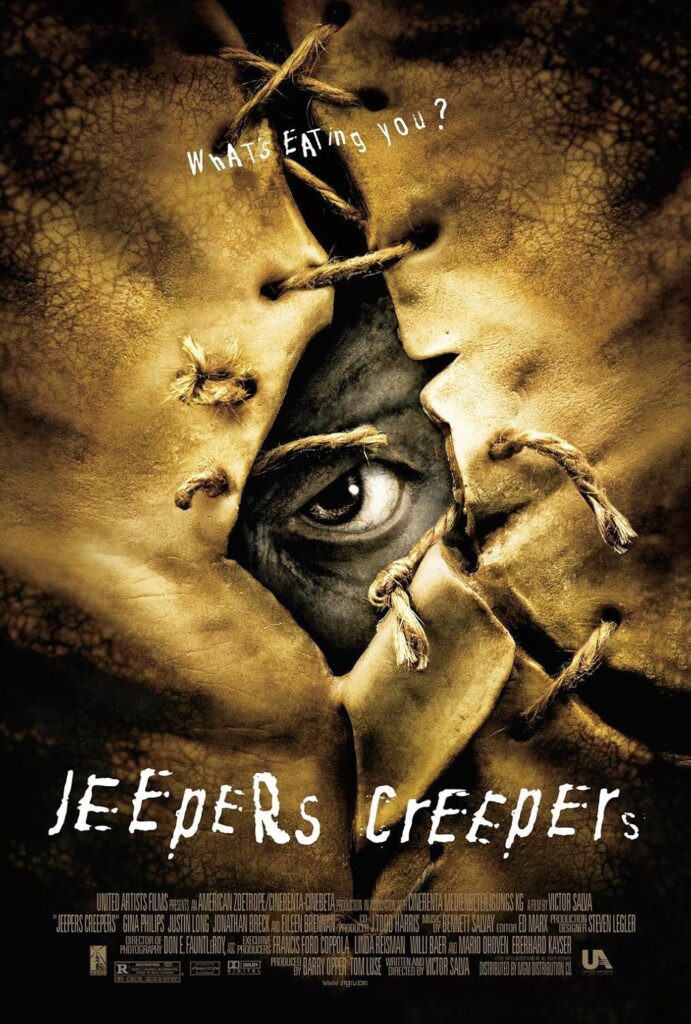
A brother and sister traveling through rural Florida stumble upon a terrifying creature that hunts every twenty-third spring. The film begins like a road thriller before turning into pure horror. The lonely countryside and abandoned buildings heighten the sense of isolation. The creature’s design and unpredictable attacks make it unforgettable.
Director Victor Salva builds suspense with skillful pacing and striking visuals. The chemistry between the siblings makes the danger feel personal. Its soundtrack and eerie setting contribute to an atmosphere of growing dread. Jeepers Creepers is a perfect reminder that evil often hides where no one is watching.
The Texas Chain Saw Massacre (1974)
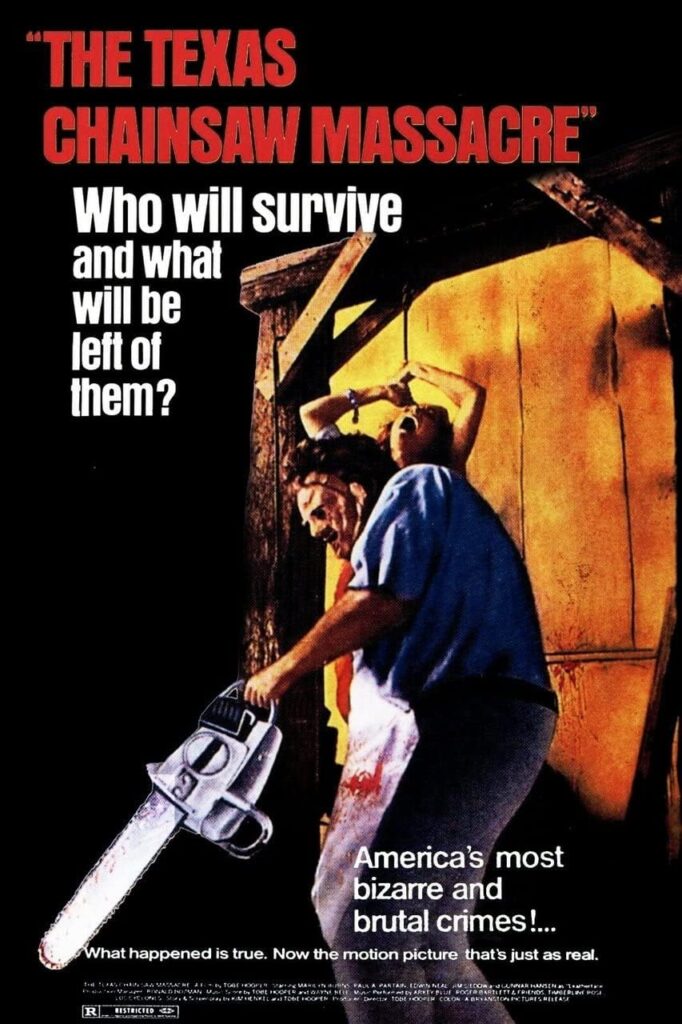
Tobe Hooper’s landmark film follows a group of friends who encounter a cannibalistic family in rural Texas. The dusty backroads and decaying farmhouse create a grim realism. The town’s emptiness makes the horror feel more suffocating. Every sound, from creaking doors to buzzing saws, adds tension.
The film’s low budget works in its favor, making it feel disturbingly authentic. Leatherface became an icon of horror due to his terrifying unpredictability. The story captures the breakdown of safety in familiar settings. The Texas Chain Saw Massacre remains a defining moment in small-town horror.
The Lottery (1969)
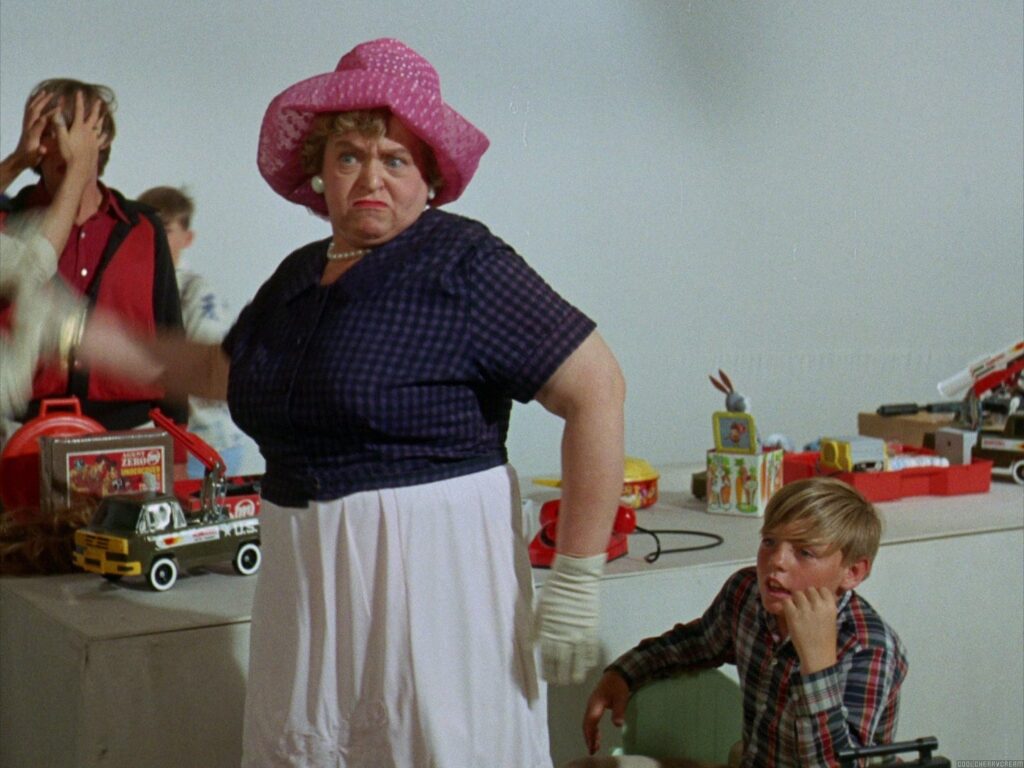
Based on Shirley Jackson’s short story, The Lottery takes place in a cheerful rural town that hides a gruesome tradition. Each year, residents gather for a lottery that ends in shocking violence. The setting’s simplicity makes the horror even more powerful. The story unfolds quietly until its final disturbing reveal.
The short film adaptation captures the unease of ordinary people following dark customs without question. Its realistic tone mirrors real social behavior and conformity. The lack of music and grand effects makes it feel eerily believable. The Lottery shows how horror can grow out of tradition and routine.
Needful Things (1993)
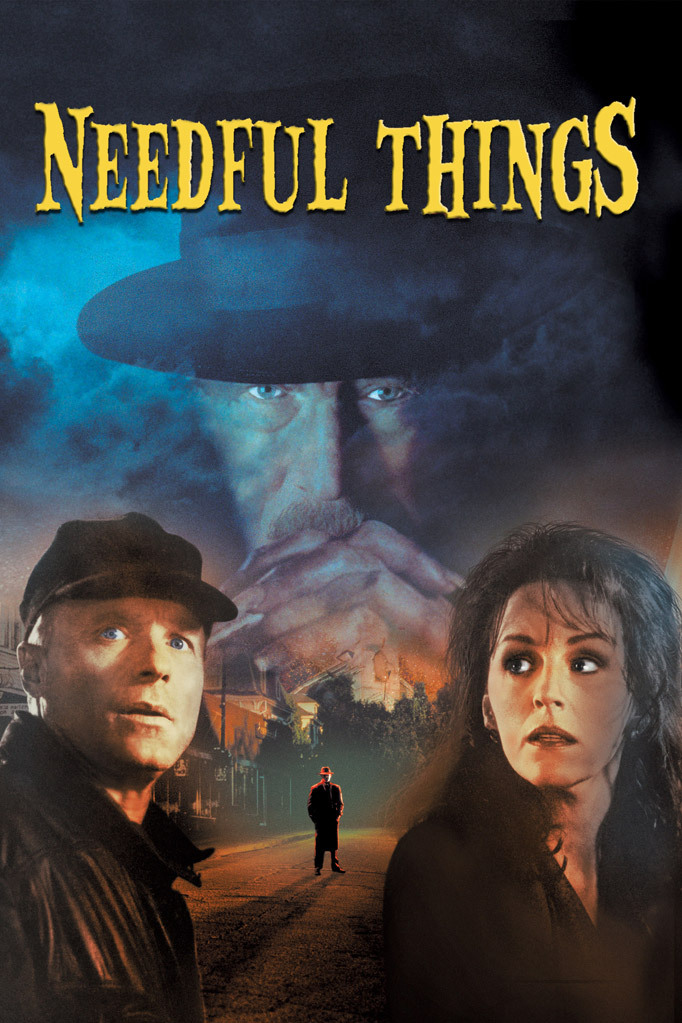
This adaptation of Stephen King’s novel takes place in a small Maine town that begins to tear itself apart. A mysterious shopkeeper opens a store offering items that seem to fulfill desires but come at a terrible price. The residents’ greed and jealousy spiral into chaos. The town becomes a reflection of human weakness.
The ensemble cast, including Max von Sydow, adds strength to the story. Its dark humor mixes well with its moral lessons. The film balances psychological tension with moments of supernatural menace. Needful Things is a chilling look at how temptation can destroy even the most peaceful communities.
This article originally appeared on Avocadu.
